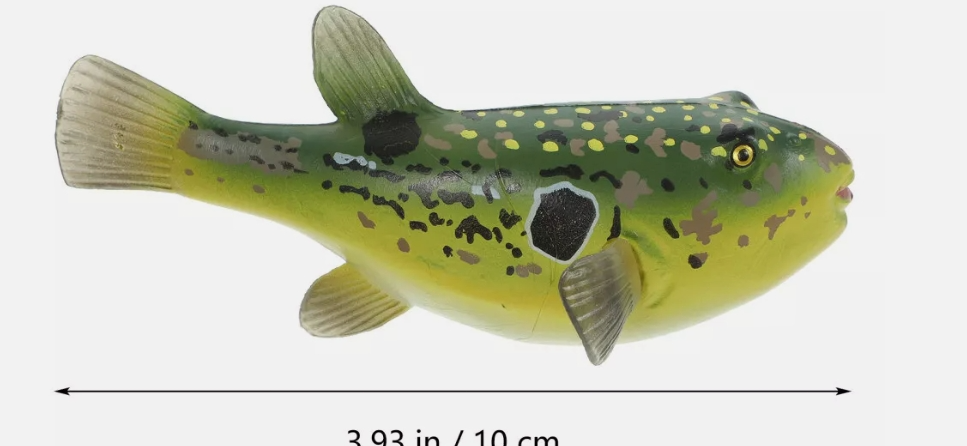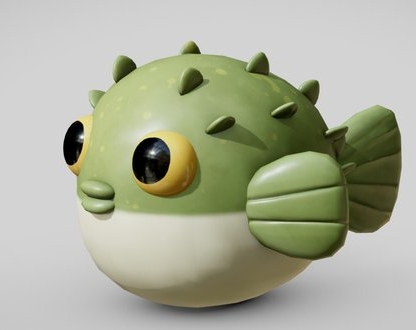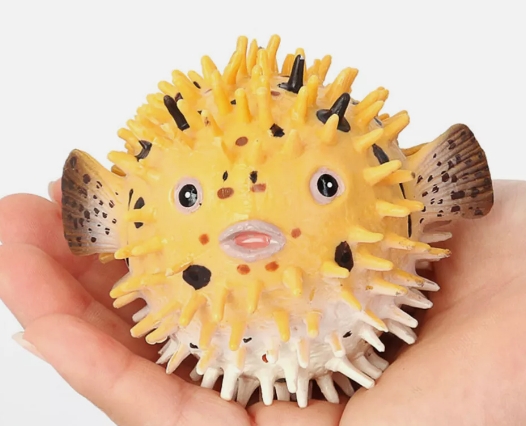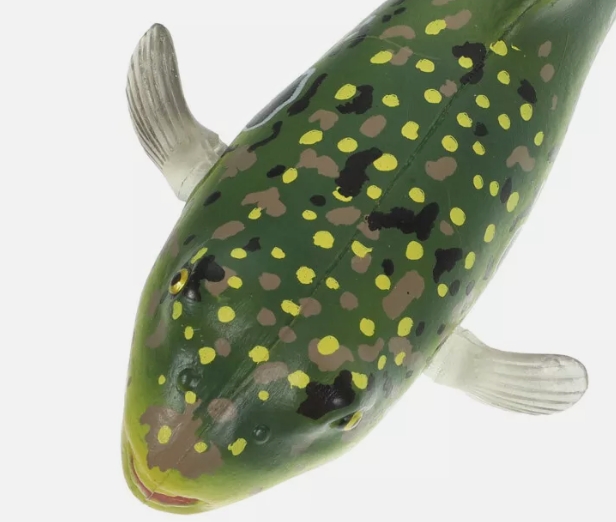The puffer model is an important concept in ecological research, focusing on how this unique species survives and ADAPTS to its habitat. The puffer fish is known for its special physiological structure and defense mechanisms, such as its ability to swell rapidly to avoid predators, as well as the deterrent effect of its rich toxins (such as tetrodotoxin) on predators. This unique conservation strategy allows them to survive in predator-rich waters.
The puffer fish model not only helps scientists understand how animals adapt to ecological niches, it also reveals the complexity of predator-prey relationships in ecosystems. By studying the biological behavior of puffer fish and their interactions with other species, the researchers were able to deeply analyze the interaction between ecological balance and species diversity. In addition, the puffer fish model also provides an important reference for the ecological protection of waters, highlighting the need to maintain biodiversity and protect vulnerable species.
All in all, the puffer fish model demonstrates the wonderful adaptations and ecological intelligence in nature, and provides an important perspective for us to better understand how ecosystems work.




